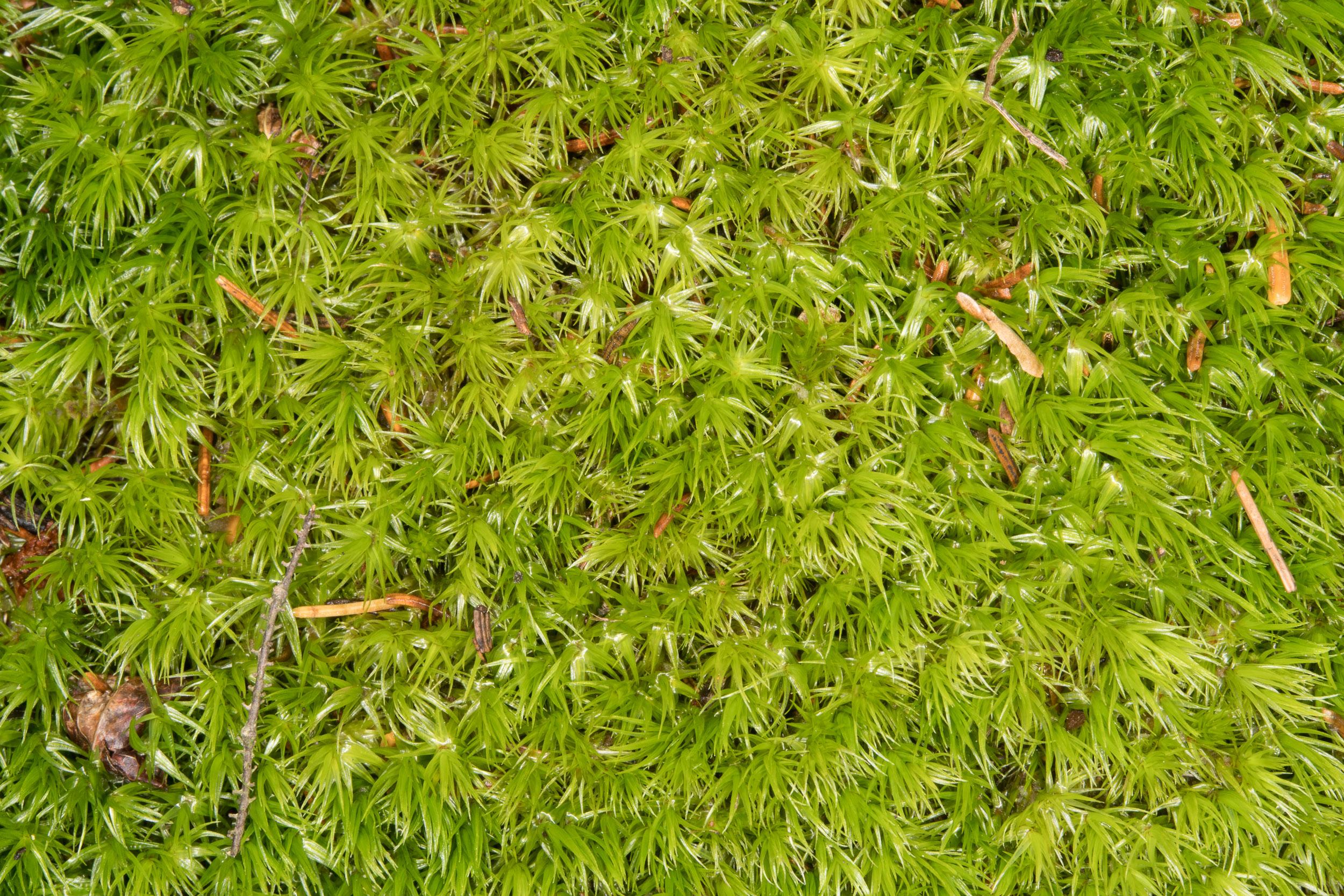
51310438961_f676156e66_b.jpg from: https://www.flickr.com/photos/herbier/51310438961/
Introduction
In the vast and captivating world of bryophytes, one particular moss species stands out as a true marvel – the Dicranum scoparium Hedw., commonly known as Dicranum. This resilient and versatile moss belongs to the Dicranaceae family, a group renowned for its unique characteristics and ecological significance. Let’s embark on an engaging journey to unravel the secrets of this extraordinary plant.
Background
Before delving into the intricacies of Dicranum scoparium Hedw., it’s essential to understand the broader context of bryophytes. These non-vascular plants, which include mosses, liverworts, and hornworts, are often overlooked but play a crucial role in various ecosystems. They are among the oldest land plants on Earth, dating back to the Paleozoic era, and have adapted to thrive in diverse environments.
Main Content
Morphology and Identification
Dicranum scoparium Hedw. is a striking moss species that can be easily identified by its distinctive features. The gametophyte stage, which is the dominant phase in the life cycle of mosses, consists of

Dicranum-scoparium-Hedw.-95566.jpg from: https://www.biodiversidadvirtual.org/herbarium/Dicranum-scoparium-Hedw.-img95566.html
upright, unbranched stems that can reach heights of up to 10 centimeters. These stems are adorned with

117809.jpg from: https://inpn.mnhn.fr/espece/cd_nom/4754
lanceolate leaves that are curved and pointed, giving the moss a distinctive appearance.
One of the most remarkable characteristics of Dicranum scoparium Hedw. is its vibrant green color, which can range from a deep emerald to a golden hue, depending on the environmental conditions. This coloration is due to the presence of chloroplasts in the leaf cells, which are responsible for photosynthesis.
Global Distribution and Habitat
Dicranum scoparium Hedw. is a cosmopolitan species, meaning it can be found across various regions of the world. It thrives in temperate and boreal forests, where it grows on the ground, rocks, and decaying logs. This moss is particularly abundant in coniferous forests, where it forms dense carpets that contribute to the overall biodiversity of these ecosystems.
Ecological Roles and Adaptations
Despite its unassuming appearance, Dicranum scoparium Hedw. plays a vital role in maintaining the health and balance of its surrounding environment. One of its primary functions is soil stabilization, as its dense mats help prevent erosion and retain moisture in the soil.
Additionally, this moss serves as a microhabitat for numerous other organisms, including insects, spiders, and other invertebrates. Its intricate structure provides shelter and nourishment for these tiny creatures, contributing to the overall biodiversity of the ecosystem.
Dicranum scoparium Hedw. is also remarkably resilient and can withstand harsh environmental conditions, such as drought and extreme temperatures. This adaptability is due to its ability to desiccate and revive when moisture becomes available again, a process known as poikilohydry.
Case Studies/Examples
To illustrate the ecological significance of Dicranum scoparium Hedw., let’s consider a case study from a boreal forest in Scandinavia. In this region, the moss forms extensive carpets that serve as a crucial nursery for tree seedlings. The moss provides a moist and nutrient-rich environment, facilitating the germination and growth of young trees, thereby contributing to the regeneration of the forest.

Dicranum-scoparium-6-700×466.jpg from: https://ohiomosslichen.org/moss-dicranum-scoparium/
Technical Table

62158058.jpg from: https://observation.org/observation/262334371/
| Characteristic | Description |
|---|---|
| Scientific Name | Dicranum scoparium Hedw. |
| Family | Dicranaceae |
| Common Name | Dicranum
 il_1080xN.4473478839_e5gj.jpg from: https://www.etsy.com/listing/1353240944/live-moodfrog-moss-dicranum-scoparium |
| Growth Form | Acrocarpous (upright, unbranched stems) |
| Leaf Shape | Lanceolate (lance-shaped) |
| Leaf Arrangement | Spirally arranged |
| Habitat | Temperate and boreal forests, on soil, rocks, and decaying logs |
| Distribution | Cosmopolitan (found worldwide) |
| Ecological Roles | Soil stabilization, microhabitat, nursery for tree seedlings |
Adaptations
 Dicranum_scoparium-CA31980A93.jpg from: https://florafinder.org/Species/Dicranum_scoparium.php |
Poikilohydry (ability to desiccate and revive) |
Conclusion
Dicranum scoparium Hedw., a humble yet remarkable moss species, serves as a testament to the incredible diversity and resilience of bryophytes. Its unique morphology, global distribution, and ecological roles make it a fascinating subject of study for enthusiasts and researchers alike. As we continue to explore and appreciate the wonders of the natural world, let us ponder this thought-provoking question: How can we better protect and preserve these often-overlooked yet vital components of our ecosystems?

IMG_1302_1024x1024@2x.jpg from: https://mossacres.com/collections/mosses-for-shade/products/rock-cap-moss-clumps
2020-12-24-13-53-52.jpg from: https://www.britishbryologicalsociety.org.uk/learning/species-finder/dicranum-scoparium/
Mood-Moss-Dicranum-Scoparium1.jpg from: https://mossandstonegardens.com/product/mood-moss-dicranum-scoparium-5-square-feet/